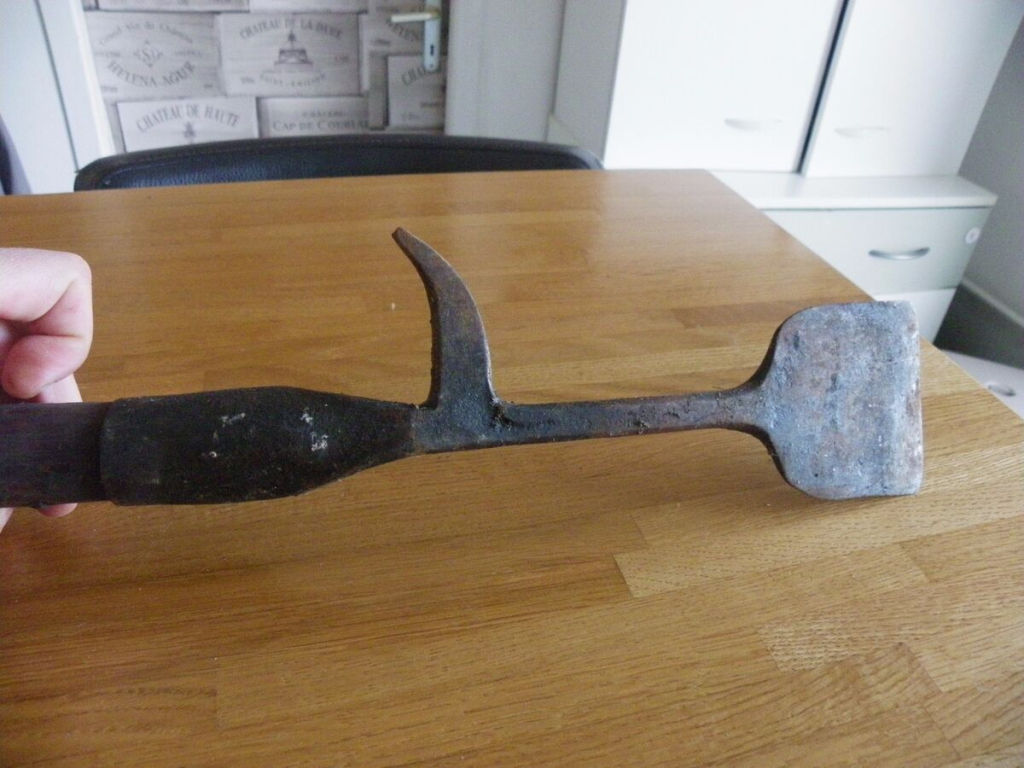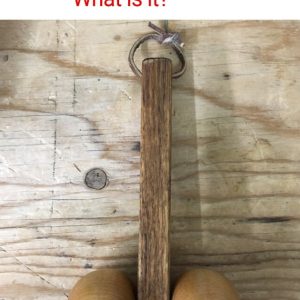You might’ve never heard of the phrase outil de résinier before, but if you’ve ever smelled pine-scented soap or admired a glossy varnished wood surface, you’ve experienced the result of its use. These tools, long a staple of traditional forestry in France, were essential to a craft called gemmage—the art of tapping pine trees for their resin.
While it may sound like a forgotten practice from the past, understanding these tools reveals a unique blend of craftsmanship, sustainability, and history. So what exactly are these tools, and why were they so important? Let’s dig into this rustic but remarkable trade.

What Is an “Outil de Résinier”?
Translated literally, outil de résinier means “resin harvester’s tool.” It refers to a set of specialized instruments used by workers—called résiniers or gemmeurs—to extract resin (or sap) from pine trees without killing them. The process involves carefully wounding the tree’s bark to stimulate the flow of resin, then collecting it over time.
Think of it like tree acupuncture—done skillfully, it doesn’t harm the tree. And the payoff? A rich, sticky substance used in varnishes, soaps, perfumes, adhesives, and even medicine.
The Art of Gemmage: More Than Just Cutting Trees
Gemmage isn’t just chopping into trees for sticky stuff. It’s a centuries-old technique that requires precision, patience, and the right set of tools. These tools allow the résinier to make controlled cuts, guide the resin’s flow, and harvest it cleanly.
Used mostly on maritime pines (Pinus pinaster), the practice was once a booming industry in southwestern France, especially in the Landes region. For decades, whole communities depended on pine resin to make a living.
Video: Resin tapper’s tool
Let’s Break Down the Main Tools
Each tool in the résinier’s kit has a specific role. Together, they form a low-tech but highly effective system that allowed one person to manage dozens of trees at once.
Haches de gemmage – The Resin Axe
The hache de gemmage (resin axe) is perhaps the most iconic of the tools. But this isn’t your average wood-chopping axe. It’s a carefully designed instrument used to make angled cuts into the pine’s bark in a V-shape. The idea is to expose the cambium layer—just enough to stimulate resin flow without cutting too deep.
With each cut made at specific intervals, the tree responds by producing more resin to protect itself. This process repeats over months or even years.
Pots à Résine – The Resin Collector
Once the tree starts dripping resin, you need somewhere to catch it. That’s where the pot à résine comes in. These small clay or metal containers were attached to the tree just beneath the incisions.
Over time, these pots would fill up with thick, fragrant resin. They’d be emptied by hand and reused throughout the season.
Crochets and Spatules – For Cleaning and Guiding

Next up: tools for maintenance. Resin can harden and clog the flow, so crochets (hooks) and spatules (spatulas) were used to scrape away dried buildup and keep the flow path clear. They also helped guide fresh resin directly into the collection pot without wasting a drop.
These tools were delicate, not destructive—used with care to keep the tree producing for years.
Marteline – The Multi-Purpose Hammer
The marteline is a small but mighty hammer used to drive metal supports (like brackets or nails) into the tree to secure collection pots. It could also be used to gently shape or adjust equipment without damaging the bark.
Think of it as the Swiss army knife of the résinier’s world—light, versatile, and always within reach.
Why These Tools Mattered for Forest Health

One of the most remarkable aspects of gemmage is how sustainable it was when done properly. The tools were designed not just to harvest resin, but to protect the trees. The precise, shallow cuts encouraged production while keeping the tree alive and healthy.
In fact, many trees would continue producing for decades. Once a tree became too old or weak, it could be harvested for timber—ensuring that no part of the tree went to waste.
The Landes: France’s Resin Capital
If you want to see where this tradition lived and thrived, head to Landes, a vast forested region in southwest France. For much of the 19th and 20th centuries, it was the epicenter of the resin industry.
Entire villages were built around this practice. Résiniers passed their skills from one generation to the next. Their tools were kept sharp, clean, and often handmade or customized. Gemmage wasn’t just a job—it was a way of life.
What Happened to the Industry?
Video: Gemmage
Like many traditional trades, the resin-harvesting profession declined in the late 20th century. Synthetic alternatives, chemical resins, and changes in global markets made the practice less economically viable.
But the tools haven’t disappeared entirely. Museums, collectors, and cultural heritage groups continue to preserve them. Some artisans still demonstrate gemmage at festivals or historical events. And there’s growing interest in reviving natural resin harvesting for eco-conscious products.
What Can We Learn from the Résinier’s Tools Today?
In an age of digital everything, these hand-forged tools tell a quiet story of patience, precision, and harmony with nature. They weren’t about speed—they were about sustainability. The résinier didn’t take more than the tree could give. And the tools were simple, but deeply effective.
There’s something beautiful about that, don’t you think?
Conclusion: A Legacy Written in Sap and Steel

The outil de résinier might look rustic, even old-fashioned, but it represents a craft rooted in respect for nature, deep observation, and timeless skill. Each axe mark, each resin pot, each careful scrape was part of a delicate balance between human need and natural resilience.
While the tools may now rest in museums or collectors’ shelves, their legacy lives on—in the scent of pinewood furniture, in the gloss of varnish, and in the memory of those who worked quietly among the trees.


